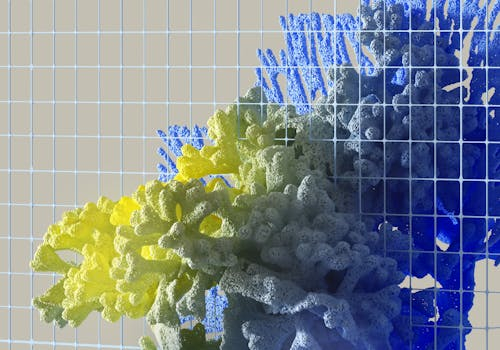Ambisonics: The Science of 3D Audio
Ambisonics, a term that may be unfamiliar to most, is a technology that encompasses the science and art of capturing and reproducing three-dimensional (3D) audio. Developed and refined over the years, Ambisonics offers a truly immersive and realistic sound experience that has become increasingly popular in the field of virtual and augmented reality, gaming, music production, and even film and television. In this article, we will explore the foundations and principles of Ambisonics and how it has revolutionized the way we approach and perceive sound. So, get ready to dive into the wonderful world of 3D audio!
The Origins of Ambisonics
The concept of Ambisonics was first introduced in the late 1960s by Michael Gerzon, a British mathematician and engineer. He wanted to develop a system of recording and reproducing sound that was more than just stereo, allowing for a more natural and immersive experience. Gerzon’s work laid the groundwork for what is now known as Ambisonics, and his ideas continue to be used and expanded upon by audio engineers and researchers to this day.
The Science Behind Ambisonics
The basis of Ambisonics lies in the understanding of sound as a three-dimensional phenomenon. In simple terms, this means that sound waves travel and interact with the environment in multiple directions, creating a sense of space and depth. Traditional stereo recording, on the other hand, only captures sound from left and right channels, limiting the sound to a two-dimensional plane. Ambisonics, on the other hand, captures sound from all directions, resulting in a more accurate and realistic representation of the original soundwave.
So how does Ambisonics achieve this? The process starts with the use of an array of microphones strategically placed around the sound source. These microphones capture the sound from all directions, creating a 360-degree audio recording. This recording is then decoded and processed using mathematical algorithms, taking into account factors such as distance and direction of the sound sources, to create an accurate representation of the soundfield.
The Benefits of Ambisonics
Ambisonics offers a range of benefits that traditional stereo recording cannot. By capturing sound from all directions, it creates a more immersive and realistic sound experience for listeners. This makes it the ideal choice for applications such as virtual and augmented reality, where the goal is to create a fully convincing and believable environment for the user.
Moreover, Ambisonics allows for a more flexible approach to sound mixing and reproduction. As all the sound information is captured and encoded separately, it can be manipulated and adjusted in post-production to achieve the desired effect. This makes it a preferred choice for sound engineers, allowing them to have more control and creativity in their sound design.
The Future of Ambisonics
Over the years, Ambisonics has continued to evolve and improve, with advancements in technology and research constantly pushing its boundaries. Today, there are several formats of Ambisonics, with the most widely used being the Ambisonic B-Format which consists of four channels: W, X, Y, and Z.
With the rise of virtual and augmented reality, the demand for immersive and realistic audio experiences is only going to increase. This has led to a renewed interest and investment in Ambisonics, with companies and researchers striving to perfect and standardize the technology.
Final Thoughts
Ambisonics has transformed the audio industry, pushing the boundaries of what is possible and challenging our perception of sound. With its ability to create a truly immersive and lifelike sound experience, it is undoubtedly here to stay. As technology continues to evolve, so will Ambisonics, promising even more exciting developments in the future. So, the next time you hear the term Ambisonics, you’ll know that it is more than just a fancy term – it’s a whole new world of audio.











